Sometimes, it’s hard to get kids to write more. All too often, they write one or two sentences and then proudly announce, “I’m finished!” I usually respond with, “But it’s not time to be finished. It’s still writing time.” {I set a timer during writing time. The expectation is you write until the timer goes off.}
I decided to combat this all too familiar problem with my Kindergartner and 1st grader using the simple acronym, MORE.
*This free download includes color and blackline charts. The link to the free printable pack can be found at the END of this post. Just click on the teal, oval button.
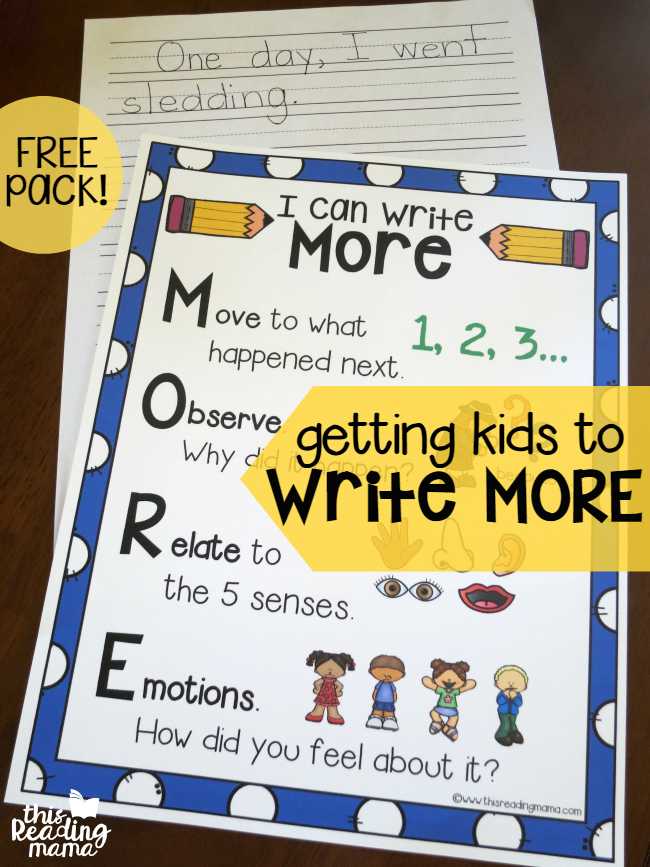
Get Kids to Write MORE
Note: This idea probably works best with personal narratives {and possibly writing letters, too}.
My own kids had been doing some writing with my January Writing Prompts and I had noticed that they were stopping after 1 or 2 sentences. Even when I prodded for more, they seemed unsure what I meant or wanted them to write next.
So, over a couple of days, I did a little modeling with them.
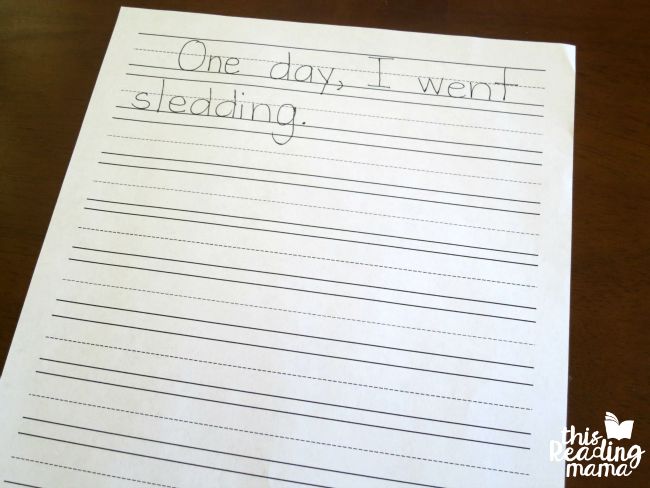
I wrote, “One day, I went sledding.” Then said, “The end. I’m done!”
At first, they seemed satisfied with that. But then I probed more, “Did I tell you very much about my sledding adventure? Do you know all about it?”
“No, you didn’t! You need to tell us more!” my Kindergartner exclaimed.
I then asked them what they might want to know about my sledding adventure. They began to ask me questions such as, “Where did you go sledding?” and “What happened when you went sledding?”
I Can Write MORE Chart
I encouraged their questions and asked, “Do you think I could WRITE MORE than just that one sentence to answer some of your questions?” Then, I whipped out my “I Can Write MORE” chart and spent a few minutes talking about each letter.
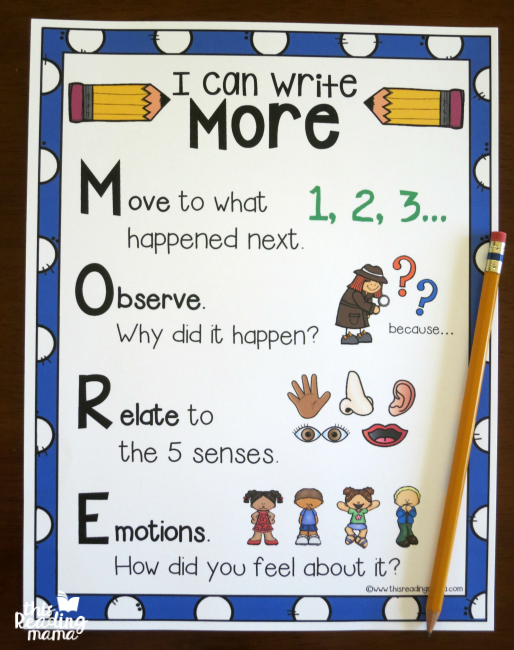
M- Move to what happened next. Once you’ve written your sentence, someone might want to know what happened next, so tell us!
O- Observe. Why did it happen? Using the word because is a great way to tell why. For example, “I fell off my sled because I was going too fast!”
R- Relate to the five senses. Describe how it felt, tasted, looked, sounded, and/or tasted to give the reader more information.
E- Emotions. How did you feel about that? Tell how you felt about what happened.
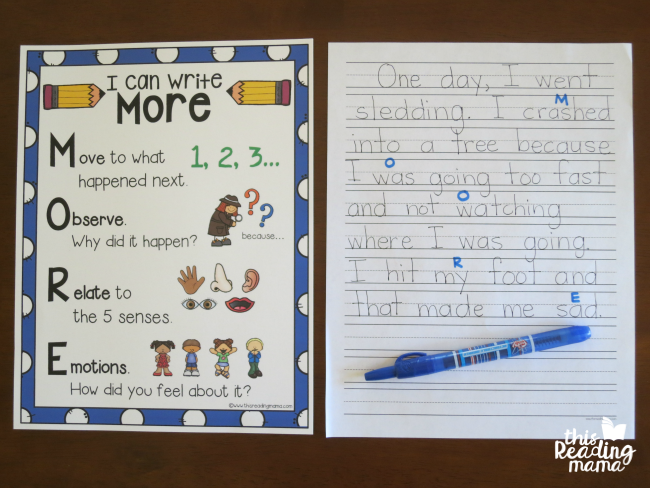
They helped me add on to my sledding “story”. After we finished the story, I quickly went back through it and they helped me find the M, O, R, and E in my story.
Note: Kids don’t have to always include all four parts when adding more. These are just to give them ideas when they get stuck.
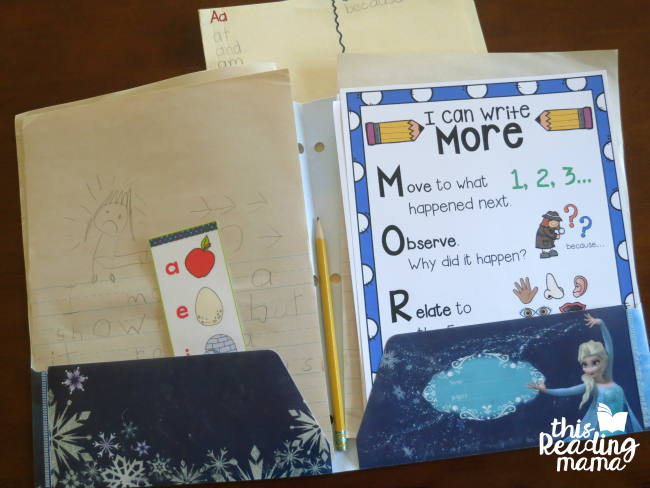
The single page charts work well in a writing folder
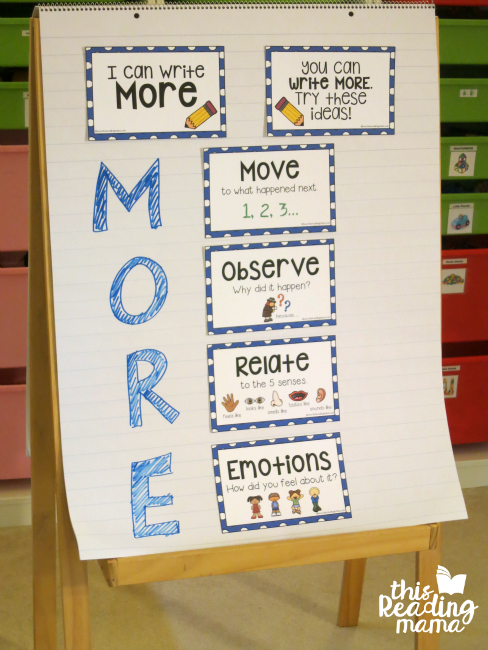
and the mini charts work very well as an anchor chart to display during writing time.
You Might Also Like
Simple Writing Lessons for Primary Grades
Capital Letters Graphic Organizer
Creative Writing Prompts for Every Month of the Year
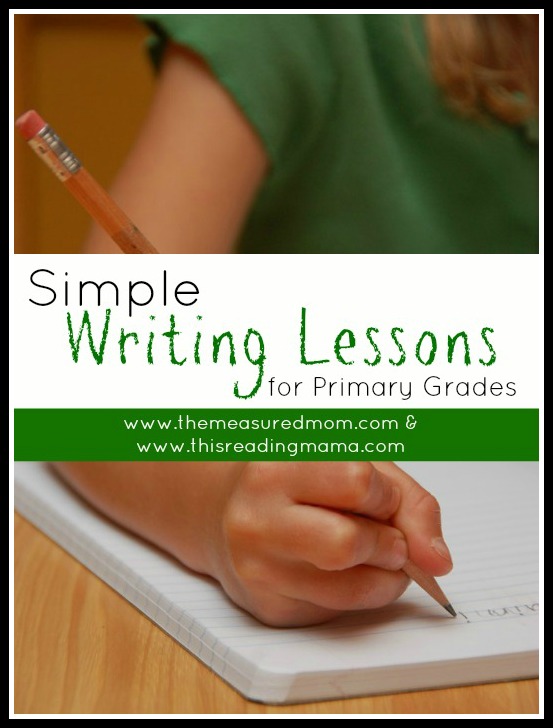
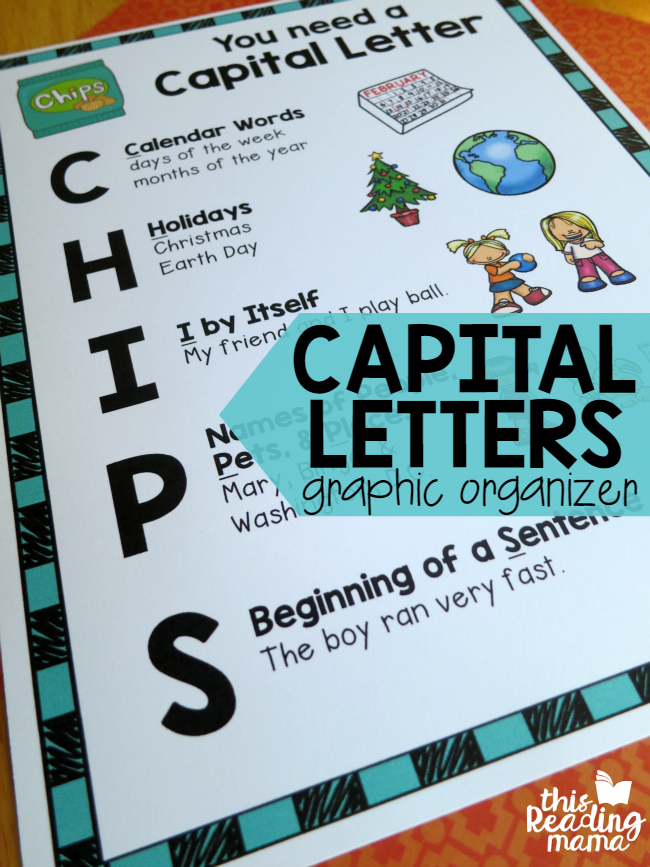
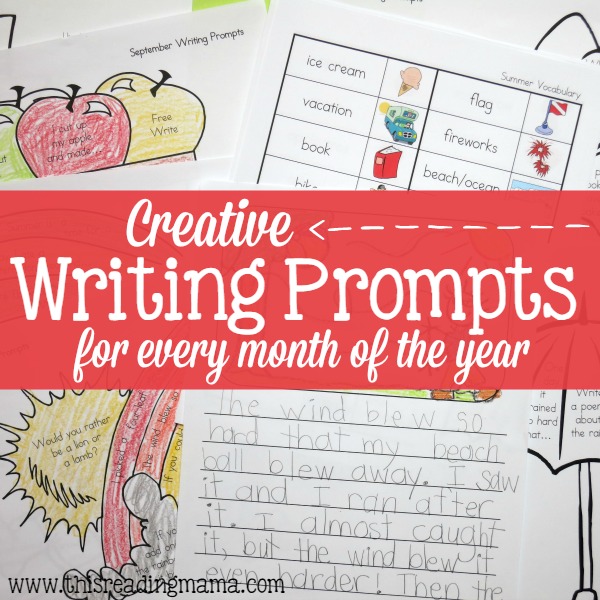
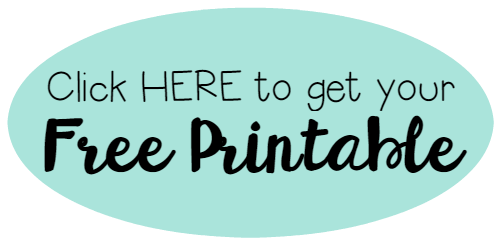
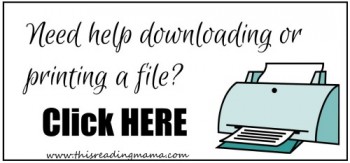
This is absolutely fabulous, and just what I need to encourage my kiddos to write more. Thank you so much!
Glad to hear you think it will work for your kids, too! 🙂
Thank you so much for sharing this. You are always providing such wonderful resources. And you really have taught me so much about teaching my children. I love your site. I have used your site since I started home schooling three years ago. Thank you again for being such a blessing to my family and I.
Thank YOU for your sweet comment. I’m so thankful that you have been able to use this site to help you teach your kids! Such a blessing!
Thank you SO much for sharing your great resources! I especially love these new writing charts-so great to model and then hang up during Kidwriting. Thanks again for your generosity in sharing these!